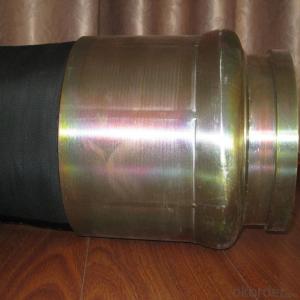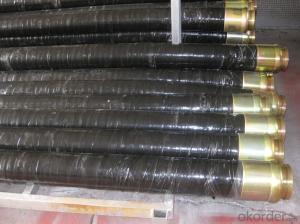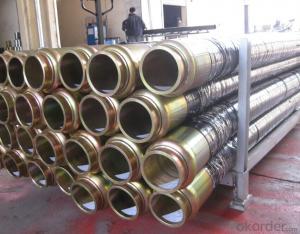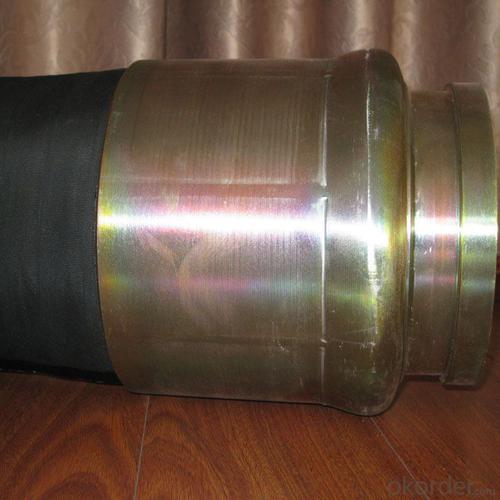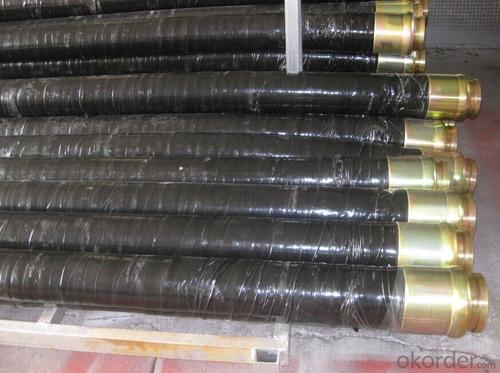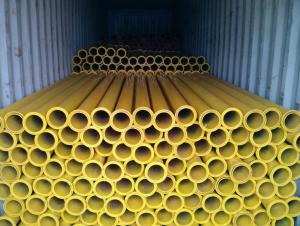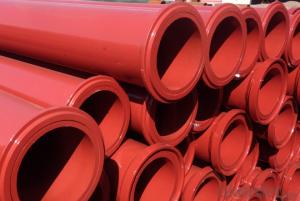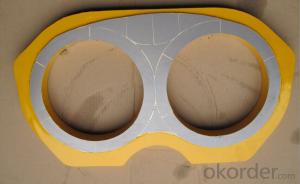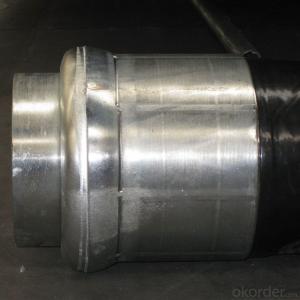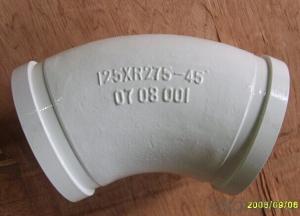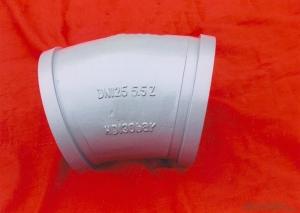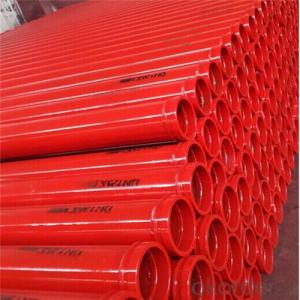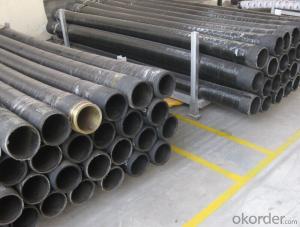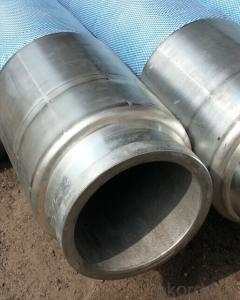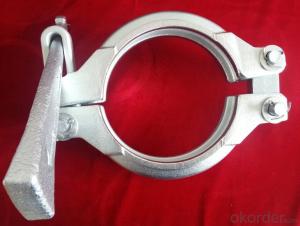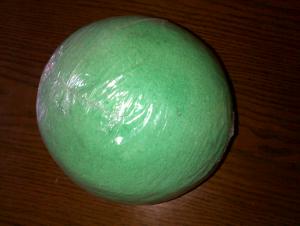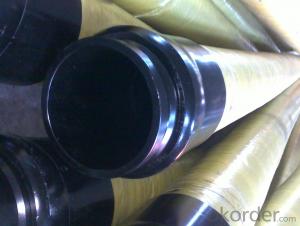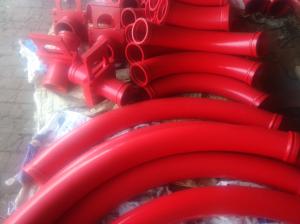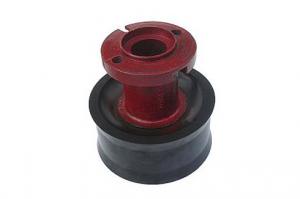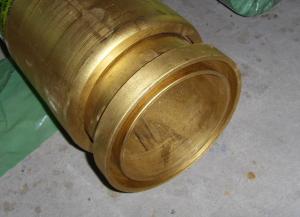Rubber End Hose with OneTwo Side Couplings Working Pressure 85 Bar 5M*DN80
- Loading Port:
- Shanghai
- Payment Terms:
- TT OR LC
- Min Order Qty:
- 10 pc
- Supply Capability:
- 5000 pc/month
OKorder Service Pledge
OKorder Financial Service
You Might Also Like
Product Description:
The 5M*DN80 rubber end hose with two side couplings, normally the hoes is made by NR and reinforced by four layer steel wire, and the two couplings at each side are made by steel material No.ST52, 20#, 37MN5, with hot treatment according to customer’s requests, and also package in bundles or nude packing directly put into container.
Scope of Application of the hose
The 5M*DN80 rubber end hose is a concrete delivery for combined use with other concrete pipelines in concrete placement operations. It can be widely used in the construction of various types of concrete structures like industrial and civil buildings, bridges, roads, and other types of infrastructure.
This end hose can only be used in concrete construction operations, but not in any other operations, like dragging, moving, or hoisting heavy articles or personnel. The end hose is also not allowed to be used in any location where any combustible or explosive material exists or a cave-in may occur.
Product Advantages:
OKorder's 5M*DN80 rubber end hose Channels are durable, strong, and safety. We are the biggest group in this business filed and the majority resources are under our control, which is make sure the delivery time and qualified products, meanwhile we have more than 20 overseas branches our people will go to visit customer very fast for more convenient communication.
Main Product Features:
· Premium quality
· Prompt delivery & seaworthy packing (5-10 days)
Reliable performance
· Competitive pricing
Measuring of wall thickness from the outside
FAQ:
Q1: How long about delivery time?
A1: Normally we keep the raw materials for old customers and sometime we also keep stock products to make sure delivery time in any emergency cases.
Q2: How soon can we receive the product after purchase?
A2: Within three days of placing an order, we will book the vessel for goods. The specific shipping date is dependent upon international and government factors, but is typically 7 to 30 workdays.
Q3: How to make a quick resolution for after service?
A3: OKorder and our manufacture both have overseas branches all-around of world, if needed,
Name | Concrete Pump Rubber Hose | |||||
Size | ID | OD | Number of layer | Work pressure | bursting pressure | weight |
3.5" | 113 | 2 | 1200psl | 3000psl | 6.8kg/m | |
4" | 128 | 2 | 1200psl | 3000psl | 7.8kg/m | |
5" | 154 | 2 | 1200psl | 3000psl | 10kg/m | |
5" | 154 | 4 | 1200psl | 3000psl | 12kg/m | |
6" | 181 | 2 | 1200psl | 3000psl | 15kg/m | |
Other size and types upon request | ||||||
Usual Size | 4"-DN80, 5" -DN125, 6"-DN150 | |||||
Material | natrual rubber,steel wire | |||||
Technic | steel wire weaving,composite molding | |||||
Application | used in concrete transport of concrete pump end in construction work | |||||
Serving Brands Of Mounted Truck Concrete Pump And Concrete Pump | SANY,Zoomlion,PM,CIFA and so on | |||||
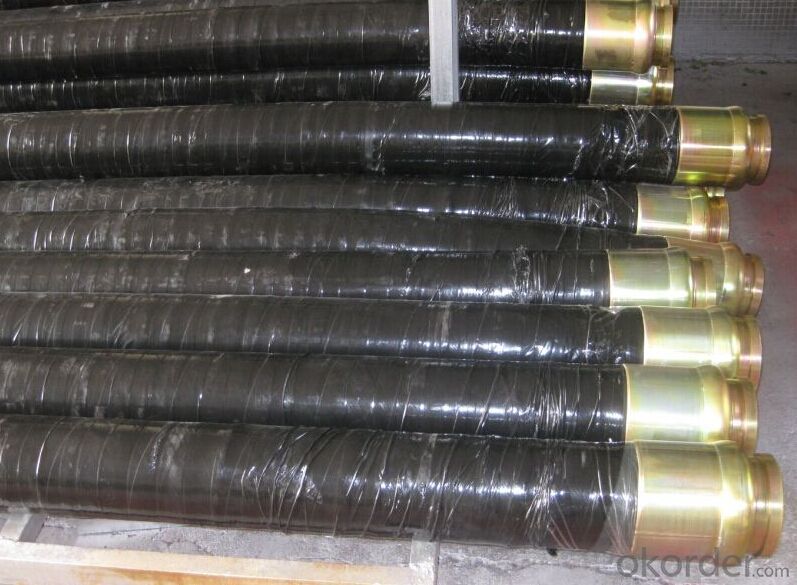
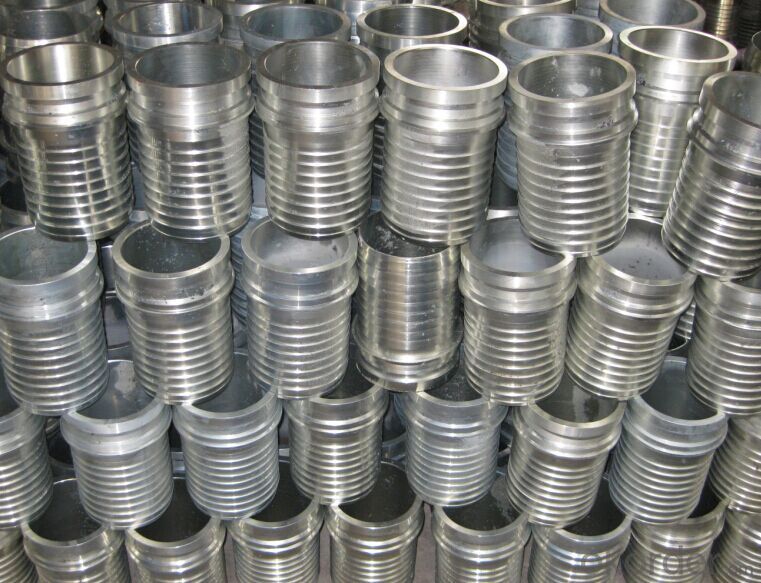
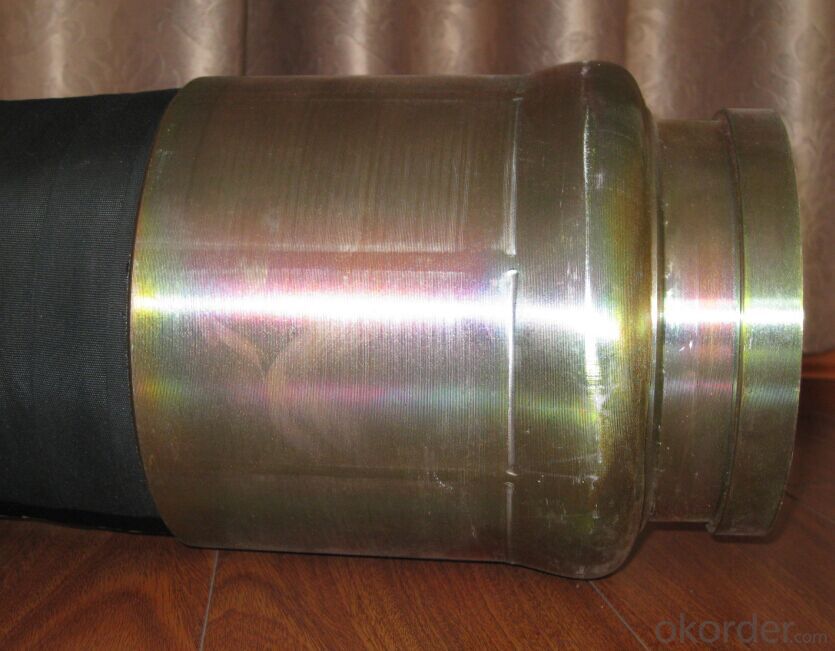
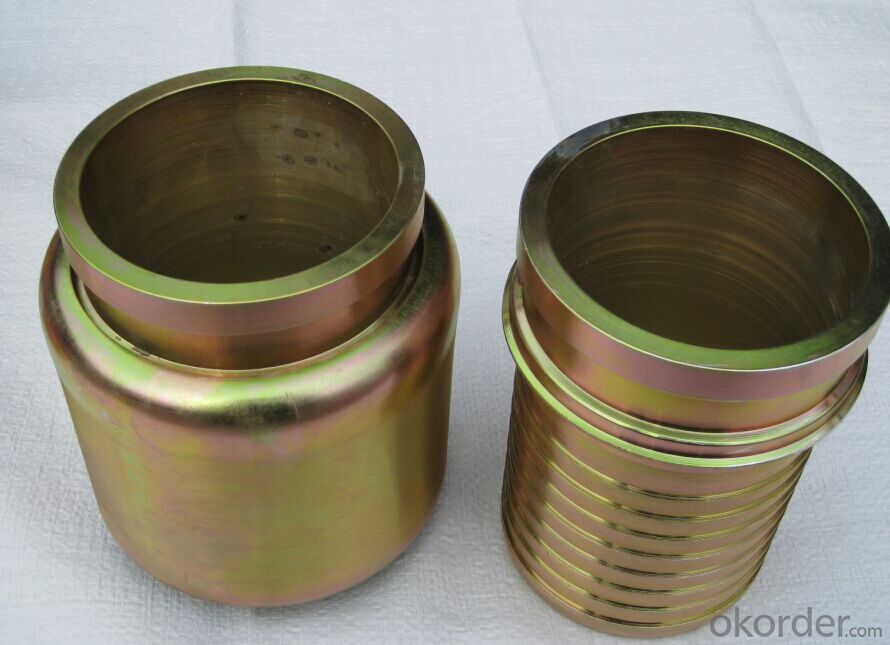

- Q: Can I get spare parts for both concrete pumps with and without boom stabilizers?
- Both concrete pumps with and without boom stabilizers have spare parts available. Concrete pump manufacturers typically offer a wide range of spare parts to ensure the longevity and smooth operation of their equipment. These spare parts may include hydraulic components, valves, hoses, seals, wear plates, pipes, and more. Whether your concrete pump has a boom stabilizer or not, you can easily find and purchase spare parts from the manufacturer or authorized dealers. Furthermore, there are aftermarket suppliers who specialize in providing spare parts for various concrete pump models. Therefore, regardless of the specific features of your concrete pump, you can be confident that spare parts are readily available to maintain the smooth functioning of your equipment.
- Q: How can you determine when a concrete pump pipe needs to be replaced?
- There are several factors to consider when determining if a concrete pump pipe needs to be replaced. 1. Visual Inspection: Conduct a thorough visual inspection of the pipe. Look for any cracks, damage, or signs of wear and tear. Pay particular attention to the ends of the pipe where it connects to the pump and nozzle, as these areas are more prone to damage. 2. Performance: Observe the performance of the concrete pump. If you notice a decrease in pumping efficiency, such as reduced output or difficulties in maintaining pressure, it could indicate a problem with the pipe. Additionally, if there is excessive leakage or blockages in the pipe, it may be a sign that replacement is necessary. 3. Age and Usage: Consider the age of the pipe and the amount of usage it has undergone. Concrete pump pipes have a limited lifespan, and with time and extensive use, they can become worn out and lose their structural integrity. If the pipe is old and has been used extensively, it may be time to replace it. 4. Regular Maintenance and Repairs: If the pipe has undergone frequent repairs or maintenance, it could be an indication that it is nearing the end of its lifespan. While regular maintenance can prolong the life of a concrete pump pipe, if it has reached a point where repairs are becoming more frequent and costly, it may be more cost-effective to replace it. 5. Safety Considerations: Safety should be a top priority when determining if a concrete pump pipe needs replacement. If there are any significant structural issues or concerns about the pipe's ability to handle the pressure, it is essential to replace it to avoid any potential accidents or hazardous situations. Ultimately, the decision to replace a concrete pump pipe should be based on a combination of visual inspection, performance evaluation, age, usage, regular maintenance, and safety considerations. It is advisable to consult with a professional or experienced technician who can assess the pipe's condition and provide expert advice on whether replacement is necessary.
- Q: How long does a concrete pump piston typically last?
- A concrete pump piston typically lasts between 20,000 to 60,000 pumping hours, depending on factors such as maintenance, usage, and the quality of the pump.
- Q: How often should concrete pump lubrication systems be inspected and maintained?
- Concrete pump lubrication systems should be inspected and maintained regularly, ideally on a monthly basis.
- Q: What is the function of a concrete pump hopper grate clamp?
- A concrete pump hopper grate clamp is a device used to secure the hopper grate in place on a concrete pump. The hopper grate is an essential component of the pump that acts as a filter to prevent large debris and foreign objects from entering the pump system. The clamp is designed to hold the hopper grate tightly in place, ensuring that it remains secure during the pumping process. By keeping the hopper grate in place, the clamp helps to maintain the integrity of the pump system and prevent any potential damage or blockages that could occur from the entry of unwanted materials. Overall, the function of a concrete pump hopper grate clamp is to provide a secure and reliable way to keep the hopper grate in place, allowing for smooth and efficient concrete pumping operations.
- Q: Can concrete pump spare parts be customized according to specific requirements?
- Yes, concrete pump spare parts can be customized according to specific requirements. Customization allows for the adaptation of parts to meet specific needs such as size, shape, material, or functionality. This enables better compatibility and enhances the efficiency and performance of concrete pumps.
- Q: Are there any specific safety precautions while replacing concrete pump spare parts?
- Yes, there are several safety precautions that should be followed while replacing concrete pump spare parts. 1. Personal Protective Equipment (PPE): It is essential to wear the appropriate PPE, including safety goggles, gloves, helmet, and steel-toed boots to protect yourself from potential hazards. 2. Lockout/Tagout: Before replacing any spare parts, make sure to follow proper lockout/tagout procedures. This involves disconnecting and securing the power source to prevent accidental startup of the pump. 3. Equipment Inspection: Prior to starting the replacement process, inspect all tools and equipment for any signs of damage or defects. Faulty equipment should never be used, as it can pose serious safety risks. 4. Proper Lifting Techniques: When handling heavy spare parts, use proper lifting techniques to avoid strain or injury. Ensure that you have proper assistance and equipment, such as cranes or forklifts, if needed. 5. Work Area Safety: Keep the work area clean and well-organized to prevent trips, slips, and falls. Remove any obstacles or debris that may pose a hazard during the replacement process. 6. Proper Training: Only trained and authorized personnel should be involved in replacing concrete pump spare parts. They should have a clear understanding of the equipment and procedures to minimize the risk of accidents. 7. Follow Manufacturer's Instructions: Always refer to the manufacturer's guidelines and instructions when replacing spare parts. This will ensure that the process is carried out safely and correctly. 8. Emergency Preparedness: Have a plan in place for any potential emergencies, such as a fire or injury. Ensure that fire extinguishers and first aid kits are readily available and that all workers are familiar with their locations and usage. By adhering to these safety precautions, you can minimize the risk of accidents, injuries, and damage while replacing concrete pump spare parts.
- Q: What are the advantages of using ceramic components in concrete pump spare parts?
- Using ceramic components in concrete pump spare parts offers several advantages. Firstly, ceramic materials are renowned for their exceptional durability and resistance to wear. Given the high pressure and intense forces that concrete pumps operate under, it is crucial to have components that can withstand such conditions. Ceramic parts possess superior hardness and strength, making them highly resistant to wear and extending the lifespan of spare parts. Secondly, ceramic components boast excellent corrosion resistance. Concrete consists of various chemicals and substances that can corrode metals. By utilizing ceramic parts, the risk of corrosion is significantly reduced, ensuring the longevity and reliability of the concrete pump spare parts. Furthermore, ceramic materials exhibit low friction coefficients. Consequently, when ceramic components are incorporated into concrete pumps, there is less friction between moving parts. This results in reduced energy consumption and increased efficiency. Ultimately, this can lead to cost savings and improved overall performance of the concrete pump. Moreover, ceramic parts possess high thermal resistance. Concrete pumps generate substantial heat during operation, which can potentially damage or deform certain components. However, ceramic materials can withstand high temperatures without compromising their structural integrity. This ensures the reliability and safety of the concrete pump. Lastly, ceramic components demonstrate excellent dimensional stability. They are less susceptible to expansion or contraction caused by temperature changes. This feature guarantees that spare parts maintain their shape and fit precisely within the concrete pump. Consequently, this precision fitting helps minimize leakage and maintain the pump's efficiency. In summary, the utilization of ceramic components in concrete pump spare parts offers exceptional durability, corrosion resistance, low friction, high thermal resistance, and dimensional stability. These advantages contribute to an increased lifespan, improved performance, reduced maintenance costs, and enhanced overall efficiency of the concrete pump.
- Q: How do I properly maintain and replace concrete delivery pipes in concrete pump spare parts?
- To ensure the concrete pump operates efficiently and safely, it is crucial to properly maintain and replace the concrete delivery pipes in spare parts. Here are some guidelines you can adhere to: 1. Conduct Regular Inspections: Frequently check the concrete delivery pipes for signs of wear, cracks, or damage. Look out for leaks or blockages that may hinder the concrete flow. Identify weak areas that may necessitate replacement. 2. Perform Thorough Cleaning: After each use, clean the concrete delivery pipes meticulously. Use water and a high-pressure hose to eliminate any concrete residue or buildup. This will prevent clogs and maintain a smooth concrete flow. 3. Apply Lubrication: Reduce friction and prevent concrete from adhering to the inner surface of the pipes by applying a suitable lubricant. This practice will elongate the life of the pipes and guarantee a seamless concrete flow. 4. Replace Worn-out Components: Regularly monitor the condition of the delivery pipes and promptly replace any worn-out or damaged parts. Over time, the pipes may corrode or develop cracks, thereby affecting their performance. Replace these components with premium spare parts to achieve optimal outcomes. 5. Handle with Care: Exercise caution when handling the concrete delivery pipes to avoid unnecessary damage. Refrain from dropping or mishandling the pipes during transportation or storage. Shield them from extreme weather conditions and store them in a secure, dry location. 6. Prioritize Training and Safety: Ensure that the personnel operating the concrete pump are well-versed in handling and maintaining the equipment. Educate them on the significance of regular inspections, cleaning, and part replacement. Emphasize safety protocols to prevent accidents and ensure the durability of the concrete delivery pipes. By adhering to these steps, you can effectively maintain and replace the concrete delivery pipes in spare parts for the concrete pump. Consistent maintenance and prompt part replacement will extend the lifespan of the pipes and guarantee a seamless concrete flow during construction projects.
- Q: What is the function of a concrete pump remote control antenna?
- The primary role of a concrete pump remote control antenna is to establish a wireless connection between the remote control device and the concrete pump. This connection enables the operator to remotely manage various functions of the concrete pump, including initiating and terminating the pump, adjusting concrete speed and flow, and controlling boom movements. The antenna receives signals transmitted by the remote control device and transmits them to the concrete pump, enabling the operator to safely control the pump from a distance. By providing the operator with improved visibility of the pump and its surroundings, while maintaining complete operational control, this technology contributes to enhanced efficiency, accuracy, and safety at construction sites.
Send your message to us
Rubber End Hose with OneTwo Side Couplings Working Pressure 85 Bar 5M*DN80
- Loading Port:
- Shanghai
- Payment Terms:
- TT OR LC
- Min Order Qty:
- 10 pc
- Supply Capability:
- 5000 pc/month
OKorder Service Pledge
OKorder Financial Service
Similar products
Hot products
Hot Searches
Related keywords
